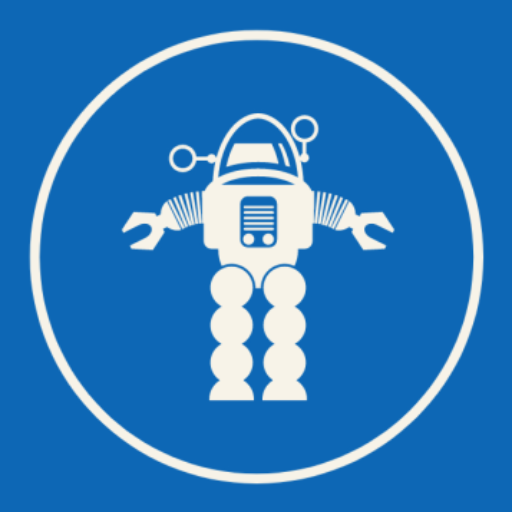Latest from MIT Tech Review – Transforming commercial pharma with agentic AI
Amid the turbulence of the wider global economy in recent years, the pharmaceuticals industry is weathering its own storms. The rising cost of raw materials and supply chain disruptions are squeezing margins as pharma companies face intense pressure—including from countries like the US—to control drug costs. At the same time, a wave of expiring patents threatens…
